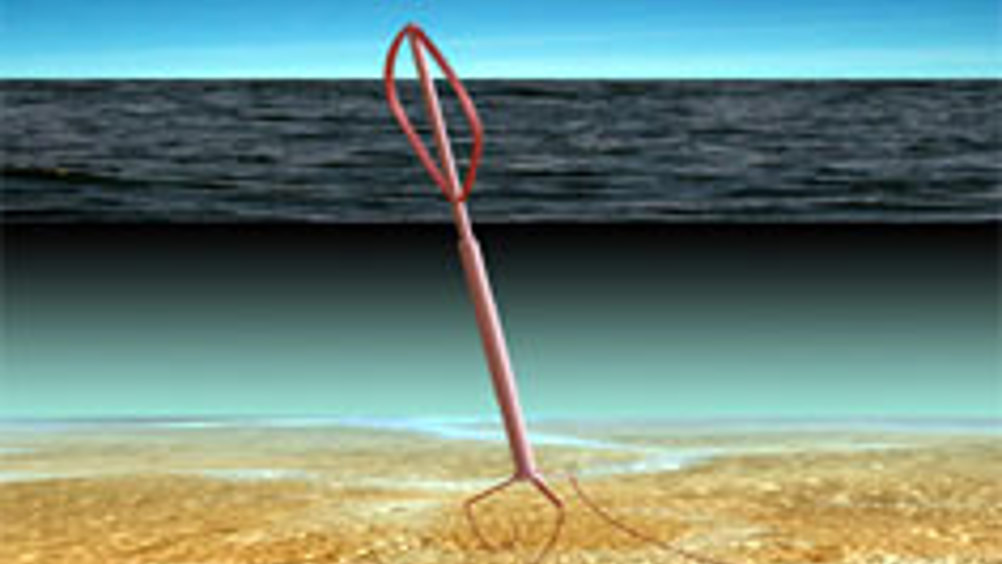Danish firm looks into floating wind turbines
National energy research laboratory Risø DTU of Denmark is leading a €3m (£2.6bn) EU-funded project that aims to assess the viability of designing and deploying new floating wind turbines that could produce at least 20MW each.

Studies show that for sea depths exceeding 30-60m, such floating structures would be economically more feasible than present offshore technology based on piled, jack-up or gravity foundations. Such floating wind turbines could also be situated near large cities with a deep-water coastline.
The four-year DeepWind project - involving a consortium of 12 companies - aims to examine the potential of deploying a new design of vertical-axis wind turbine, combined with a rotating and floating offshore substructure.
The basis for the vertical-axis wind turbine is the well-explored Darrieus design. Although the turbine is simple enough, it would require a long sub-sea support structure as well as a direct-drive MW generator with an electronic control system at the bottom of the sub-sea shaft, together with associated electrical power transmission cables.
As a first step towards the development of large 20MW turbines, the consortium first plans to demonstrate a kW-sized wind turbine that will be placed in the waters of the Roskilde Fjord next to Risø DTU. The demonstration vehicle will provide the basis for the development of a 5MW design and to evaluate the prospects of developing the larger 20MW turbine.
Register now to continue reading
Thanks for visiting The Engineer. You’ve now reached your monthly limit of news stories. Register for free to unlock unlimited access to all of our news coverage, as well as premium content including opinion, in-depth features and special reports.
Benefits of registering
-
In-depth insights and coverage of key emerging trends
-
Unrestricted access to special reports throughout the year
-
Daily technology news delivered straight to your inbox










Water Sector Talent Exodus Could Cripple The Sector
Maybe if things are essential for the running of a country and we want to pay a fair price we should be running these utilities on a not for profit...